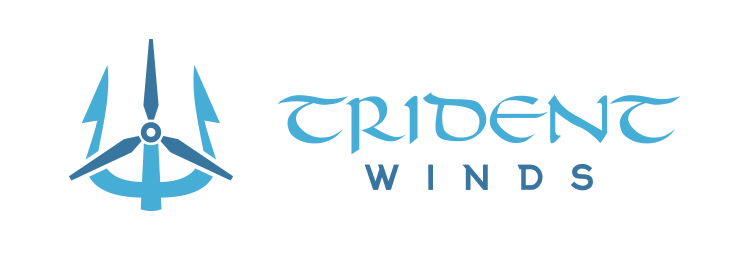Frequently Asked Questions
What is offshore wind?
Offshore wind is a clean energy resource available off the US coastline in the open ocean and the Great Lakes. Offshore wind resources are abundant, strong and blow more consistently than most land-based wind. The U.S. Department of Energy estimates the technical resources potential of over 2,000,000 megawatts, accessible in state and federal waters along the coasts of the United States and the Great Lakes. While not all of this resource will be developed, the magnitude of this resource is approximately two times the combined generating capacity of all U.S. electric power plants representing a substantial opportunity to generate clean, renewable electricity.
What Is Floating Offshore Wind?
Floating offshore wind turbines capture stronger, more offshore consistent winds and are used when water depths exceed 200 feet. Instead of putting a wind turbine on a fixed foundation into the seabed, it is attached to a structure that floats in the water.
A floating offshore wind farm would consist of floating offshore wind units. The total number of units will depend on the area for the site, generating capacity of each wind turbines, and many other variables, all of which will be determined over the course of a multi-year permitting, planning and development cycle.
A floating offshore wind unit consists of a commercially available floating support structure and a large offshore wind turbine generator (OWTG) with a generating capacity greater than 10 megawatts. Each unit is moored to the ocean floor using conventional properly sized anchors, a technology that requires no piling and is well suited for deep and variable seabed conditions. The installation of the floating offshore wind units is completely reversible. Decommissioning is performed with minimal acoustic disturbances and no permanent infrastructure is left on the sea bed. Individual units are electrically interconnected with inter-array cables to form an offshore wind farm.
How Are The Floating Offshore Wind Systems Secured To The Ocean Floor?
Floating support structures utilize multiple mooring lines and anchors to secure the structure to the ocean floor, similar in concept to a boat kept in place with a dropped anchor.
Is Offshore Wind Energy Cost Competitive?
Over the last 30 years, the cost of energy from land-based wind farms has fallen steadily as technology and construction methods improved. These accomplishments have led to the reduction of wind energy costs which are now on par with other sources of energy generation. Offshore wind farms are being built on the East Coast of the United States. Europe, however, is many steps ahead of the United States with the installed offshore wind capacity of 25 GW. The U.S. Department of Energy estimates that offshore wind costs will continue to decrease.
Will the Wind Farms Be Visible From Shore?
Visibility from shore is site dependent. See each project for their visibility assessment.
What Kind Of Local Jobs Will These Projects Create?
Floating offshore wind projects require a workforce ranging from engineers, offshore construction and installation personnel, wind turbine technicians and tugboat operators to support project execution and operation.
How Do The Floating Offshore Wind Systems Weather Storms?
The floating offshore wind systems are designed to safely operate in the ocean and weather conditions at the installation site. The wind turbines have a cut-out wind speed, meaning the turbine will stop spinning to prevent its destruction when winds become stronger than the maximum operating envelope. In the instance of a tsunami, floating offshore wind units will float over the long-period waves without degradation of performance.
What Is The Process For The Bureau Of Ocean Energy Management To Consider And Authorize Offshore Wind Projects?
The Bureau of Ocean Energy Management (BOEM) is the federal agency that oversees leasing on the outer continental shelf for renewable energy generating projects, including offshore wind. BOEM has produced a citizen’s guide to explain their processes for overseeing renewable energy projects on the Outer Continental Shelf and opportunities to provide public comments. There are multiple opportunities for public comment throughout the process.
WHAT IS THE STATUS OF THE CASTLE WIND PROJECT?
Trident Winds submitted an unsolicited lease request in 2016 for the Castle Wind project. Since then, BOEM has conducted many activities in pursuit of a forthcoming competitive lease auction. In Fall of 2021, the Bureau of Ocean Energy Management (BOEM) designated the Morro Bay Wind Energy Area. BOEM will now prepare an Environmental Assessment as required under the National Environmental Policy Act, to consider potential impacts from site characterization activities (e.g., biological, archeological, geological and geophysical surveys) and site assessment activities (e.g., installation of meteorological buoys) within the Wind Energy Area.
How Has Trident Winds Engaged With Local Stakeholders In California And Washington?
Our philosophy for stakeholder engagement is simple: The local voices matter and a diverse coalition of stakeholders ought to have a seat at the table when planning our energy future.
Our commitment to work with the local community in California to ensure benefits from the Castle Wind Offshore project are shared justly and equitably for generations to come has produced the following results.
- Castle Wind signed a Mutual Benefits Agreement with two local commercial fishermen’s organizations. (October 2018)
- Castle Wind signed a Community Benefits Agreement with the City of Morro Bay. (November 2018)
- Castle Wind and Monterey Bay Community Power sign a Memorandum of Understanding to pave way for future long-term power purchasing agreements. (August 2019)
The Castle Wind Offshore project team, a joint venture between Trident Winds and TotalEnergies has been engaged in dialogue with the Morro Bay Commercial Fishermen Organization and the Port San Luis Commercial Fishermen Association since the project’s inception in mid 2015. Based on information provided by these groups, Castle Wind has endeavored to locate the project outside of major fishing grounds. Castle Wind will continue to work with local fishing groups, among others, to ensure co-existence with other ocean activities in the area.
The Olympic Wind project in Washington is at an earlier stage of development and our approach remains the same. We have and will continue to work with local stakeholders and local fishing groups as we work to ensure co-existence with other ocean activities in the area. During the project design and environmental review, we will engage fishermen to provide feedback on the project design, construction, and operation to reduce and minimize potential impacts.
What Is The Status Of Olympic Wind?
Trident Winds has submitted an unsolicited lease request with BOEM on March 28, 2022.
Is Offshore Wind Needed In Washington?
The 2019 Clean Energy Transformation Act (SB 5116), established a target to achieve 100% clean energy by 2045 in the State of Washington. Increasing the supply of clean energy resources, like offshore wind, allows for less reliance on carbon emitting energy sources that contribute to climate change. The project will contribute to the overall clean energy transformation of Washington State, create economic opportunities for the Grays Harbor community, and will help mitigate the impacts of climate change for coastal communities.
How Do These Projects Align To The Biden Administration’s Climate And Clean Energy Development Priorities?
Both projects align well with the Biden Administration’s goals for combatting climate change and developing clean energy resources. The Biden Administration has committed to deploying 30 Gigawatts of offshore wind by 2030. These projects are key part to helping the Biden Administration to meet their climate and clean energy development priorities by harnessing offshore wind.


